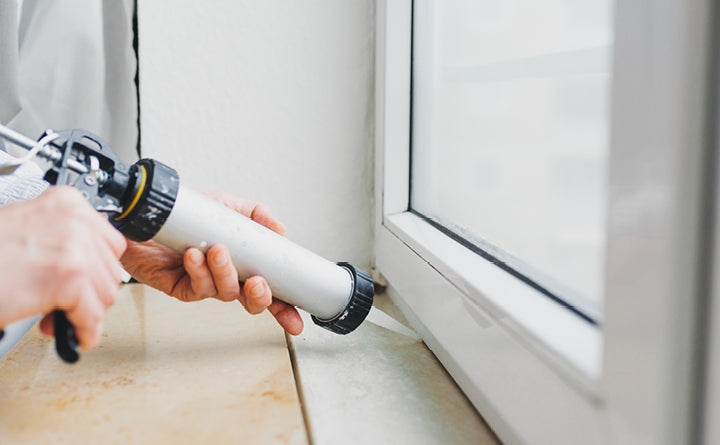Cold air will get into your home through gaps in window and door frames, through the attic or basement or even through the point where pipes pass through exterior walls. These are also areas where heated air can escape from your home.
With winter now here, you need to locate and seal potential air gaps in your home. According to Energy Star, the average homeowner spends nearly 33% of their heating and cooling budget on the energy wasted when hot/cold air escapes or enters the home through air gaps.
Here is what you can do to prevent cold air from getting into your home throughout the fall and winter:
- Add insulation around recessed lighting, if safe to do so. If these lights aren’t properly insulated, heated air from inside your home can escape. Baffle insulation can be added around the lights, or the fixtures can be replaced with insulation contact and air tight (ICAT) lighting, which is already properly sealed. Before adding insulation around this type of lighting, be sure it's safe to do so. Certain types of recessed lighting are NOT designed to have insulating material around them, and this can pose a fire hazard.
- Add insulating material to stud cavities. Fiberglass insulation can be used to fill areas above drop ceilings, soffits, angled ceilings or in the attic where stud cavities may be bare.
- Use weather-stripping around access doors to attics and basements. If you have pull-down attic stairs, add caulking around the framing of the opening. This will prevent heated air from escaping, and will also prevent cold air from the attic getting into your living areas. If you have a door leading down to the basement, its framing should also have caulking around it.
- Caulk your windows and exterior doors. If you don’t see caulking around your windows and exterior doors, this is the perfect time to add some. Many homeowners would be surprised to know how much cold air gets in through frame openings, and how much heated air escapes via the same passageway.
- Add caulking around piping in the basement. If you can see pipes leading out through exterior walls in your basement, be sure that they are properly weather-stripped from inside and outside of your home. Some pipes can also have insulating material added around them to prevent them from freezing when the temperatures drop.
These tips help you to keep a warm and cozy home throughout the winter.


